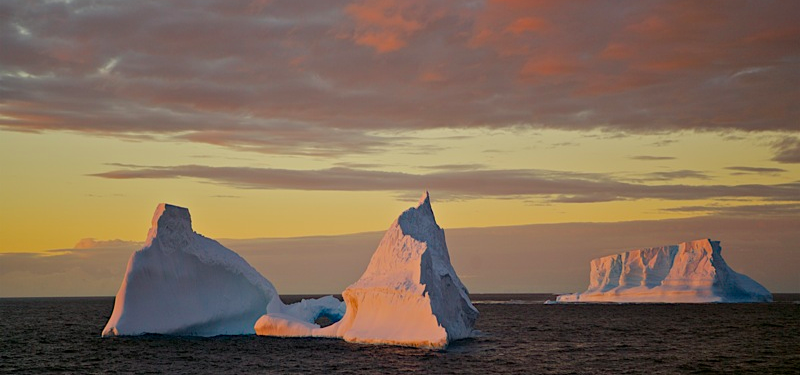Antarctica’s Booming Tourism Industry (Yes, Really) Has Scientists Worried About Its Environment
The number of tourists each year has gone from less than 5,000 24 years ago to 40,000, reports the Associated Press. And while you’re surely thinking of those frozen expanses, most visitors head to the ice-free parts of the landmass that make up less than 1% of the continent.
All those crowds of curious folk, along with new research facilities in the works and new infrastructure to support them adds up to a threat to Antarctica’s wildlife and plants, researchers say.
That wildlife is mostly in those ice-free zones, yet they’re not well protected, according to a study led by Australia’s National Environmental Research Programme (NERP) and the Australian Antarctic Division.
“Many people think that Antarctica is well protected from threats to its biodiversity because it’s isolated and no one lives there,” said Justine Shaw from the NERP of the study published in the journal PLoS Biology. “However, we show that there are threats to Antarctic biodiversity.
Of that major ice-free area, only 1.5% is included in the Antarctic Specially Protected Areas.
Researchers say in order to protect the native wildlife and plants from invasion by outside species — something that often happens when humans get involved — the level of protection needs to be boosted to ward against the booming tourist industry.
“(We need) to protect a diverse suite of native insects, plants and seabirds, many of which occur nowhere else in the world,” said Shaw. “We also need to ensure that Antarctic protected areas are not going to be impacted by human activities, such as pollution, trampling or invasive species.”
So if you are planning a trip down to the extreme south — which sounds really appealing right now if you’re currently sweltering in the first muggy heat of summer, ugh — just make sure not to step on anything you shouldn’t. Like, be really really careful.
Scientists warn of tourism threat to Antarctica [Associated Press]
Want more consumer news? Visit our parent organization, Consumer Reports, for the latest on scams, recalls, and other consumer issues.


